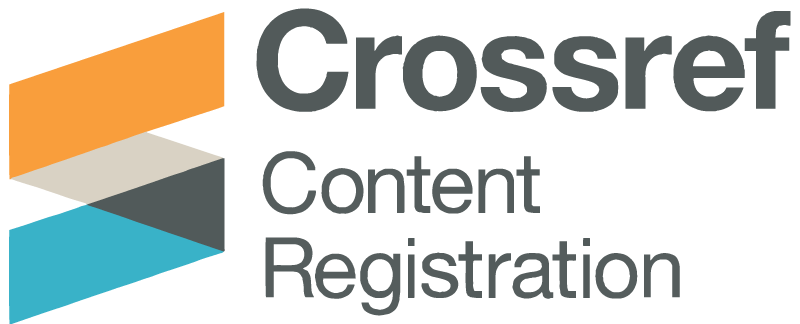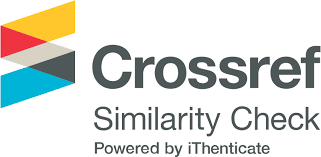Modeling the influence of WEDM Process Parameters on Material Removal Rate for Stainless Steel: RSM Parametric Study and Optimization
DOI:
https://doi.org/10.64516/awzsc297Keywords:
Unconventional cutting process, Wire Electrical Discharge Machining (WEDM), OptimizationAbstract
Wire electrical discharge machining (WEDM) is a precision machining method for cutting electrically conductive materials. It is an unconventional machining process that produces precision parts. The objective of the study is to investigate the impact of wire electrical discharge machining (WEDM) process parameters on the machining of stainless steel (SS304). These parameters are optimized to increase productivity by maximizing material removal rate (MRR). The factors that can affect the characteristics of machining or cutting in wire cut EDM process are wire tension (N), pulse time-off (μs), current (A), and voltage (V). The effect of these inputs parameters on the MRR response is analyzed and optimized using the response surface methodology (RSM) in the design of experiment (DOE) statistical method. The results from the RSM showed that the current (A) parameter had the most significant effect on the material removal rate.
References
[1]. Brij Bhushan Tyagi, Mohd. Parvez, Rupesh Chalisgaonkar, Nitin Sharma, (2012), Optimization of Process Parameters of Wire Electrical Discharge Machining of AISI 316L, International Journal of Mechanical Engineering and Technology (IJMET), ISSN 0976 – 6340(Print), ISSN 0976 – 6359(Online) Volume 3, Issue 2, May-August (2012)..
[2]. Bobbili, R., Madhu, V., & Gogia, A. K. (2015). Modelling and analysis of material removal rate and surface roughness in wire-cut EDM of armour materials. Engineering Science and Technology, an International Journal, 18(4), 664-668.
[3]. Sharma, N., Khanna, R., & Gupta, R. (2013). Multi quality characteristics of WEDM process parameters with RSM. Procedia Engineering, 64, 710-719.
[4]. Srivastava, A., Dixit, A. R., & Tiwari, S. (2014). Experimental investigation of wire EDM process parameteres on aluminum metal matrix composite Al2024/SiC. International Journal of Advance Research and Innovation, 2(2), 511-515.
[5]. Priyan, M. S., Swin, W. W., Anand, V., Kelvin, P., & Siva, V. S. (2016). Investigation of surface roughness and MRR on stainless steel machined by wire EDM. International Journal of Engineering Research, 5(03).
[6]. Sivaprakasam, P., Hariharan, P., & Gowri, S. (2019). Experimental investigations on nano powder mixed Micro-Wire EDM process of inconel-718 alloy. Measurement, 147, 106844.
[7]. Goyal, A., Garimella, A., & Saini, P. (2021). Optimization of surface roughness by design of experiment techniques during wire EDM machining. Materials Today: Proceedings, 47, 3195-3197.
[8]. Chakraborty, S., Mitra, S., & Bose, D. (2021). Experimental investigation on enhancing die corner accuracy during powder mixed wire EDM of Ti6Al4V. Materials Today: Proceedings, 38, 3097-3102.
[9]. Sharma, S., Vates, U. K., & Bansal, A. (2021). Parametric optimization in wire EDM of D2 tool steel using Taguchi method. Materials Today: Proceedings, 45, 757-763.
[10]. Youssef, H. A. (2015). Machining of stainless steels and super alloys: traditional and nontraditional techniques. John Wiley & Sons
[11]. Lakshmikanth, G., Murali, N., Arunkumar, G., & Santhanakrishnan, S. (2013). Investigation on optimization of machining parameters in wire EDM using Taguchi technique. International Journal for Scientific Research and Development, 1 (9), 1772-1774
[12]. Zainal, N., Zain, A. M., Sharif, S., Hamed, H. N. A., & Yusuf, S. M. (2017, September). An integrated study of surface roughness in EDM process using regression analysis and GSO algorithm. In Journal of Physics: Conference Series (Vol. 892, No. 1, p. 012002). IOP Publishing.
[13]. Fahim, Irene & Elhaggar, Salah & Elayat, Hatem. (2012). Experimental Investigation of Natural Fiber Reinforced Polymers. Materials Sciences and Applications.
Downloads
Published
Issue
Section
License
Copyright (c) 2024 Journal of Engineering Sciences

This work is licensed under a Creative Commons Attribution 4.0 International License.













